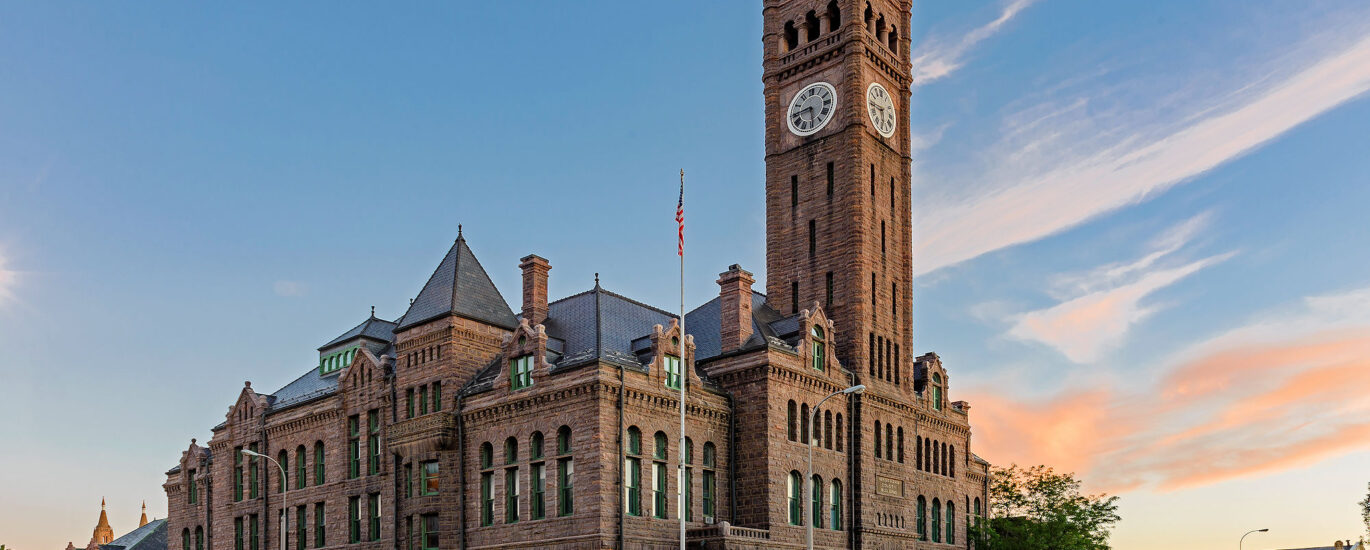Welcome to the Old Court House Museum in Vicksburg, Mississippi, a site where history echoes through its storied halls. Perched atop one of Vicksburg’s highest bluffs, this magnificent antebellum structure was completed in 1860, just before the outbreak of the Civil War. It originally served as the Warren County Courthouse and became a symbol of Confederate resistance during the Siege of Vicksburg, a pivotal event in the Civil War. Despite the fierce Union bombardment, the courthouse endured with minimal damage, standing resolute amidst the chaos.
This remarkable building has been a witness to numerous historic events and personalities. It was here that Jefferson Davis, the President of the Confederate States, and other notable figures such as Booker T. Washington, William McKinley, and Theodore Roosevelt once walked. The courthouse’s courtroom on the second floor hosted many famous trials, including that of Holt Collier, a freed slave who was acquitted of murder charges in 1867.
After the Civil War, the courthouse continued to play a significant role in local history. It was the location of the first violent events of the Vicksburg Massacre during the Reconstruction era, highlighting the turbulent times as African American citizens sought to secure their newly won rights.
In 1948, thanks to the efforts of Eva Whitaker Davis and the Vicksburg and Warren County Historical Society, the courthouse was saved from neglect and transformed into a museum. Today, visitors can explore an extensive collection of Civil War artifacts, Confederate flags, and personal items linked to the historical figures who visited this site. The museum also houses Native American artifacts donated by local residents, providing a glimpse into the region’s rich pre-European history.
The Old Court House Museum remains a cornerstone of Vicksburg’s cultural heritage, offering insights into the past while standing as a testament to the resilience and history of the people of Mississippi.




